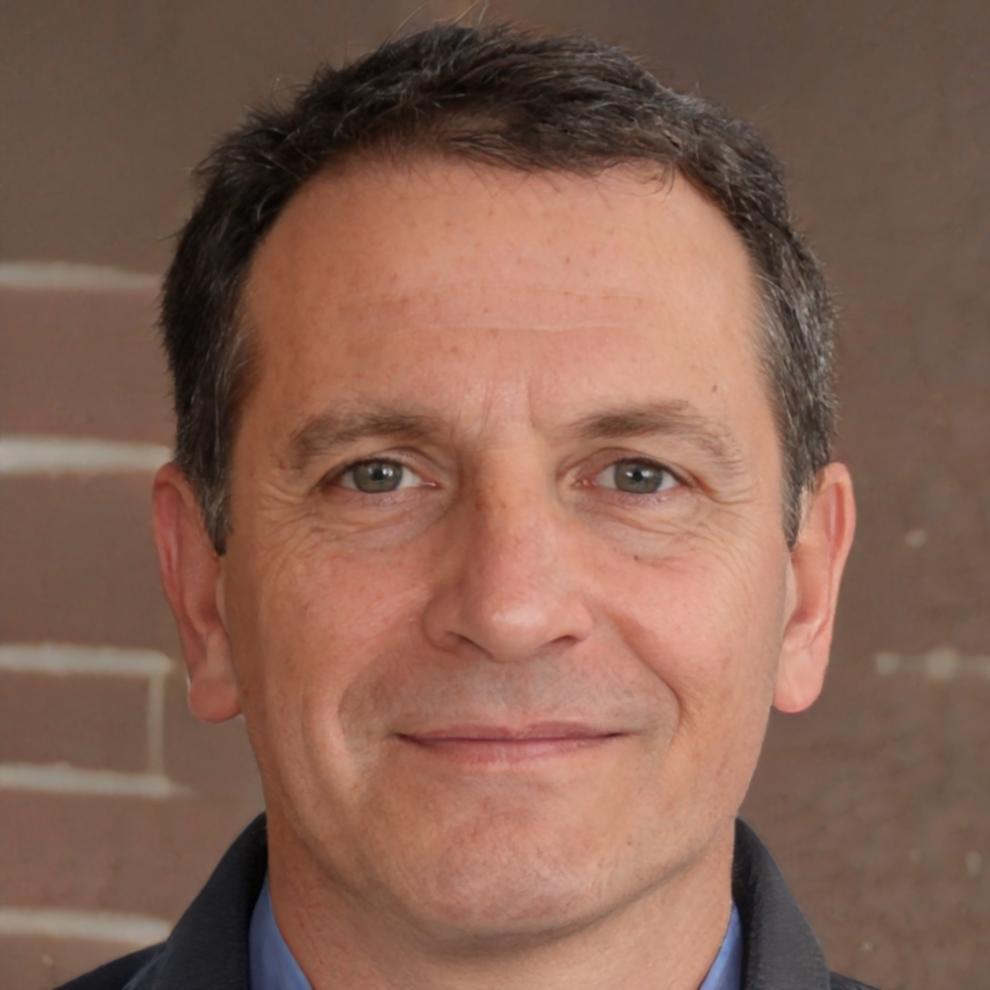Where Computer Science Meets Real Understanding
We started WaveMax because learning algorithms felt unnecessarily painful. Too much theory without context, too many tutorials that skip the hard parts, and not enough places that actually explain why these concepts matter.
Built from Real Frustration
Back in 2023, we were teaching programming at a university in Taipei. Students would ace their exams but freeze during technical interviews. The problem wasn't intelligence or effort—it was how the material was taught.
Algorithms courses focused on memorization. Data structures were abstract concepts disconnected from actual code. Nobody explained when to use a heap versus a balanced tree, or why hash tables sometimes fail spectacularly.
So we built something different. WaveMax focuses on the messy reality of working with algorithms—the edge cases, performance trade-offs, and the moments when textbook solutions don't quite fit your problem.

What Drives Our Approach
Honest About Complexity
Some algorithms are just hard. We don't pretend otherwise or hide behind simplified examples. Instead, we break down why they're difficult and build understanding step by step.
Context Before Code
You'll understand why a solution exists before we show you how it works. Knowing the problem space makes the implementation stick in your brain much better than rote memorization.
Real Performance Discussion
Big-O notation matters, but so does cache locality, memory allocation patterns, and constant factors. We talk about actual performance, not just theoretical complexity.
Who's Teaching This Stuff
Our instructors come from systems programming backgrounds—databases, compilers, search engines. The kind of work where algorithm choice actually determines whether your software lives or dies under production load.

Kjetil Aasen
Lead Instructor
Kjetil spent eight years building search infrastructure at a company you've definitely heard of. He's the person who explains graph algorithms using actual social network data, not toy examples with five nodes.
Before that, he worked on database query optimizers—which means he's painfully aware of how the wrong data structure can turn a millisecond query into a five-second disaster. His teaching style reflects that: practical, focused on trade-offs, occasionally brutally honest about when a "clever" solution is actually terrible.
He moved to Taipei in 2022 and discovered the local tech education scene needed more emphasis on fundamentals. WaveMax grew from his weekend study groups that kept expanding until they needed actual classroom space.
How We Actually Teach
Our programs run from September through November 2025, with smaller intensive workshops throughout the year. Each session combines theory with implementation work you can actually show in interviews.
-
1
Problem Space Exploration
We start with the constraints and requirements. What are we trying to accomplish? What are the failure modes? This grounds the algorithm in reality before we write code.
-
2
Naive Solution First
Build something simple that works. Understand why it's slow or memory-hungry. This makes optimization meaningful instead of arbitrary.
-
3
Incremental Improvement
Layer in better approaches one concept at a time. See how each change affects performance. Learn to recognize when you've hit diminishing returns.
-
4
Real Implementation Work
Write actual code that handles edge cases and messy input. Debug when it breaks. This is where understanding solidifies.

Learn Algorithms That Actually Stick
Our next cohort starts in September 2025. Classes meet twice weekly in Songshan District, with additional online office hours for when you're stuck on implementation details.